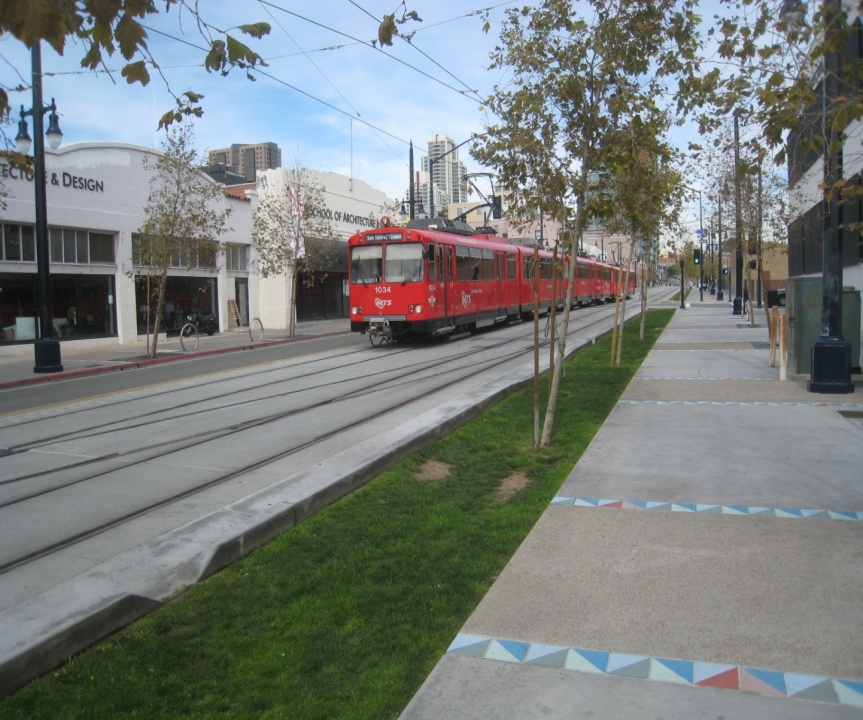

Vegetated filter strips are broad, sloped, vegetated areas that enhance storm water treatment and conveyance by treating sheet flow from adjacent surfaces. Vegetated filter strips are effective for treating low-intensity storms and are commonly used as first-in-line pretreatment for sequential treatment train BMPs. Filter strips function by slowing runoff velocities and filtering out sediment and other pollutants, and by providing some infiltration into underlying soils. Often requiring minimal earthwork, planting and construction materials, vegetated filter strips offer a relatively inexpensive method to treat and convey storm water and can provide relatively high pollutant removal. As an additional benefit, when designed and maintained properly, vegetated filter strips create an aesthetically pleasing landscape.
Vegetated filter strips are effective for removing

| Drainage Area | Soil Infiltration Rate | Water Table Separation | Depth to bedrock | Facility slope | Inflow rate |
| < 1 ac | Any soil except fill | > 10 ft | > 10 ft | < 6% | 3 cfs |

| Task | Frequency | Maintenance Notes |
| Mowing | 2-12 times/yr | As needed to maintain aesthetics. Grass height should be a minimum of 2 inches. |
| Inlet inspection | Once after the first rain of the season, then monthly during the rainy season. | Check for sediment accumulation to ensure that flow into the system is designed. Remove any accumulated sediment. |
| Miscellaneous upkeep | 12 times/year | Tasks include trash collection and spot weeding. |

| BMP | Retrofit ($/sq ft) | O&M ($/sq ft/yr) | Retrofit with Underdrain ($/sq ft) | New Construction ($/sq ft) | New Construction with Underdrain ($/sq ft) |
| Vegetated Filter Strip | 0.75 | 1 | 0.75 | ||
| Filter Strip with Level Spreaders | 1 | ||||
| Filter Strip/Grass Buffer | 0.75 | 1 | 0.75 |